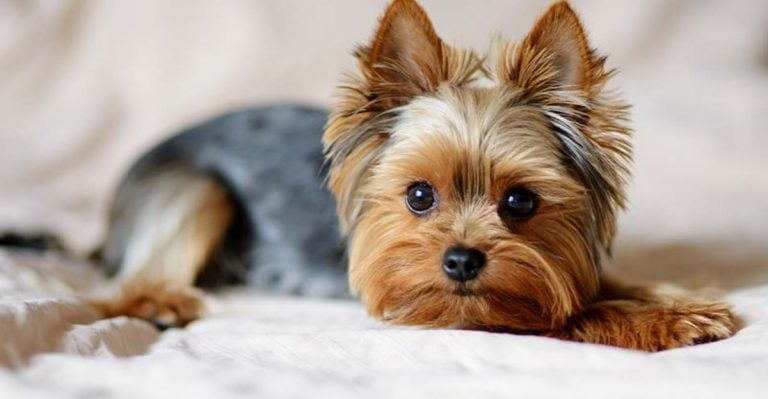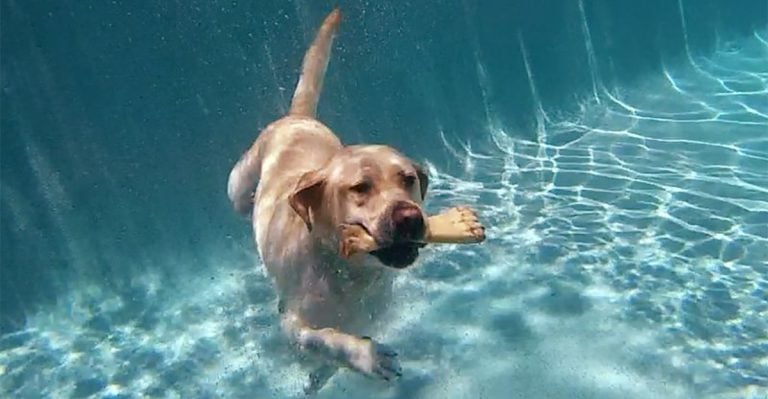15 Dog Breeds That Shaped The Outcome Of WWII

Boots weren’t the only ones hitting the ground in WWII—paws played their part too. Across battlefields and behind enemy lines, many dogs became living tools of strategy and survival. With instincts and loyalty, they were able to save lives beyond companionship, as dogs are often known for. This list uncovers 15 warrior breeds whose courage and bravery helped shape the history of WWII.
German Shepherd

These dogs command respect with intelligence and versatility. German Shepherds served as scouts, messengers, and guards from Normandy to Okinawa. Their keen senses detected enemy movements before human troops could react. Trained by the U.S. Army’s K-9 Corps starting in 1942, they became indispensable tactical assets worldwide.
Doberman Pinscher

Nicknamed “Marine Mascot” by the Marines, Dobermans patrolled Pacific island jungles with silent precision. These sleek protectors were deployed during the Battle of Guam in 1944, where 25 gave their lives in service. Loyal to a fault, their alertness often prevented ambushes before they began.
Rottweiler

They are built like tanks but have served as sentries. Rottweilers’ origins as Roman drover dogs translated perfectly to military logistics. Employed by European armies, they guarded depots and even pulled carts filled with radios or mortars—proof that muscle and discipline aren’t just for humans.
Labrador Retriever

Labradors were deployed by Allied forces for their exceptional scent detection. Though more famous post-WWII, early military uses included locating explosives and acting as delivery dogs for short messages. British forces also used them in naval units to retrieve gear in water-based missions under fire.
Alaskan Malamute

The U.S. military relied on them heavily in Alaska and Greenland. Hauling freight through arctic hell, Alaskan Malamutes moved ammunition and communication gear across icy fronts. Their endurance, developed from centuries of Inuit sled-pulling, allowed them to work in minus-40 temperatures without faltering.
German Shorthaired Pointer

While not as widely deployed as other breeds, German Shorthaired Pointers were used by Nazi forces to detect intruders near camps and installations. Their strong prey drive and keen scent made them effective as perimeter guards and scouts in rural and forested German-occupied areas.
Belgian Malinois

Fast and focused, Belgian Malinois excelled in mine detection and patrols. Its small frame made it ideal for tight terrain. Though overshadowed by their German cousins, these dogs began gaining military prominence during WWII, laying the groundwork for future special forces integration.
Siberian Husky

These dogs would race through the blizzards in WWII’s northern campaigns and pull wounded soldiers to safety. Deployed in search and rescue, their lightweight build and stamina helped locate downed pilots across snowy fields. By 1943, entire sled teams worked under U.S. Army Air Forces command in Greenland.
Newfoundland

Newfoundlands served with Allied naval crews in WWII, particularly on Canadian and British ships. Their webbed paws and lifesaving instincts made them ideal for water rescues when ships were bombed or torpedoed. These dogs often pulled drowning sailors back to safety through icy waves.
Boxer

With a broad chest and boundless energy, Boxers guarded supply trains and patrolled Allied air bases. American forces prized their stamina and people-friendly nature, especially in chaotic settings. Used in France and Italy from 1943 onward, they balanced intimidation with reliability—a rare and invaluable combination during mobile campaigns.
Airedale Terrier

Brave and versatile, this wiry-coated dog is a natural protector who became a legendary figure in wartime history. Nicknamed the “King of Terriers,” the Airedale played a critical role in both World Wars. They carried messages across enemy lines, stood guard, and alerted troops to dangers.
Giant Schnauzer

These dogs are large and helped to defend key infrastructure in Germany and the Soviet Union. With wiry coats and steady nerves, Giant Schnauzers were selected for rail yard and armory protection. The breed was primarily used by German and some European forces for nighttime patrols.
Border Collie

Though not deployed on active battlefields, Border Collies worked behind the lines in U.S. and British training bases. Their intelligence and speed were leveraged for message delivery drills and training simulations. Some were used to round up and move supply animals under command conditions.
Great Pyrenees

The Great Pyrenees guarded Allied livestock units in France. With their size, they deterred theft and intrusion at remote outposts. French military farmers brought them back into service during the war. This breed’s quiet composure and powerful bark made it a natural defender in rural strongholds.
English Pointer

English Pointers saw service primarily with British forces, where they were used for detection in open terrain and minefield reconnaissance. Their agility and ability to freeze when sensing a scent made them useful for marking enemy positions without startling nearby troops during patrols.






